Mismatches between the target and CRISPR RNA guide outside the seed have minor effects on target binding, thus contributing to offtarget activity of CRISPRCas effectors Here, we define the seed sequence of the Type V Cas12b effector from Bacillus thermoamylovorans While the Cas12b seed is just five bases long, in contrast to all other1617 · The first CRISPR geneedited crops are coming A new waxy corn variety from DuPont Pioneer will hit the market in about three years And given the speed, ease, and wide use of CRISPR1210 · Nowadays, though, CRISPR has given researchers the ability to make changes to the genome with surgical precision They have used it to create wheat plants with larger grains, generate resistance to fungal infection, design novel tomato plant architectures, and engineer other traits in new plant varieties
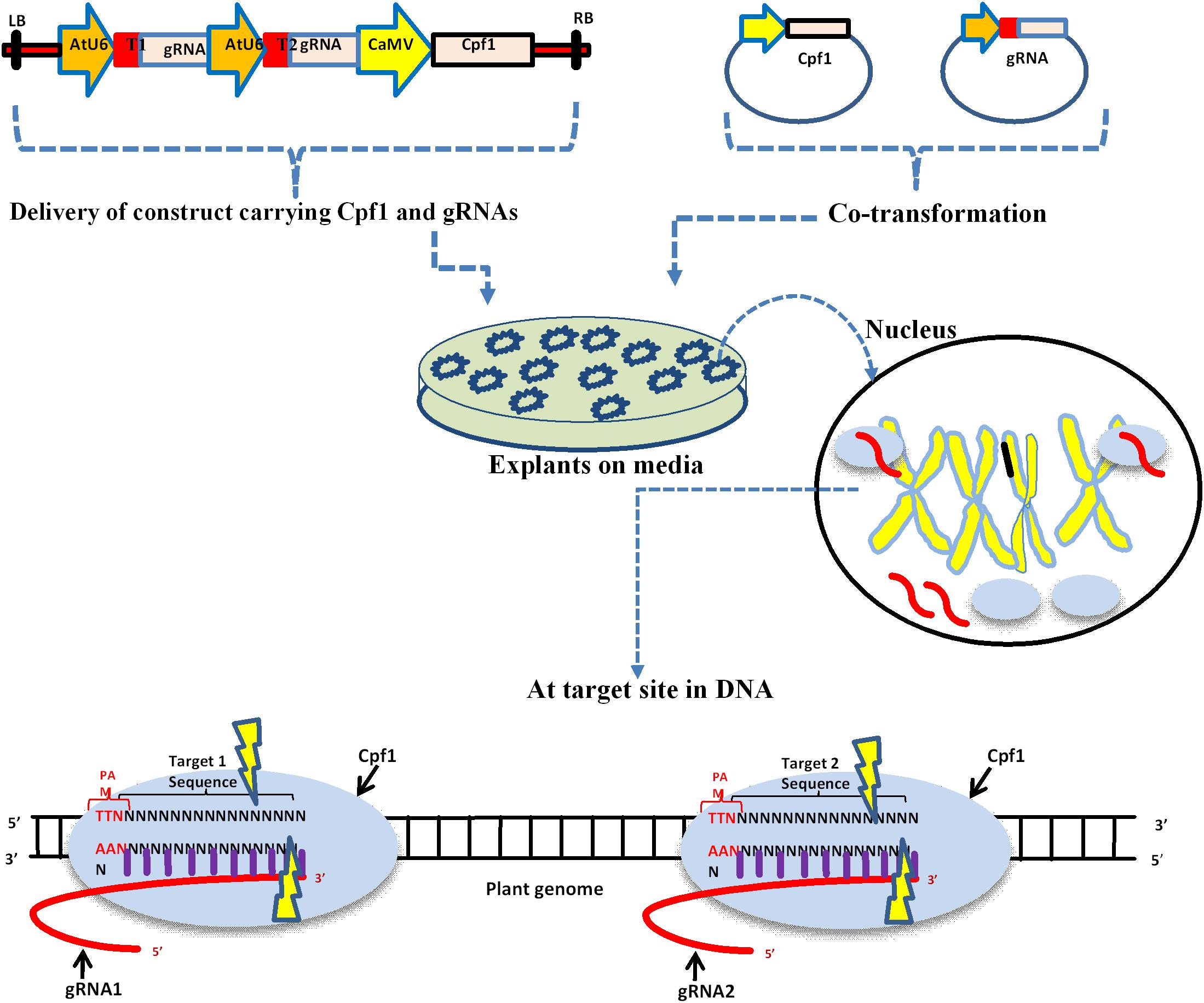
Frontiers The Rise Of The Crispr Cpf1 System For Efficient Genome Editing In Plants Plant Science
Seed region crispr
Seed region crispr-1407 · CRISPR Enables OneStep Hybrid Seed Production in Crops New method could produce better seeds compared with conventional hybrid methods and shorten the production timeline by five to 10 years July 14, Cell PressCRISPR makes it possible to deliver nutritious plants that could occur in nature or be developed through conventional breeding, but faster and more efficiently Corteva Agriscience is a leader in the field of CRISPR for the development of agricultural products, specifically in row crops like corn, soybeans, sorghum and canola
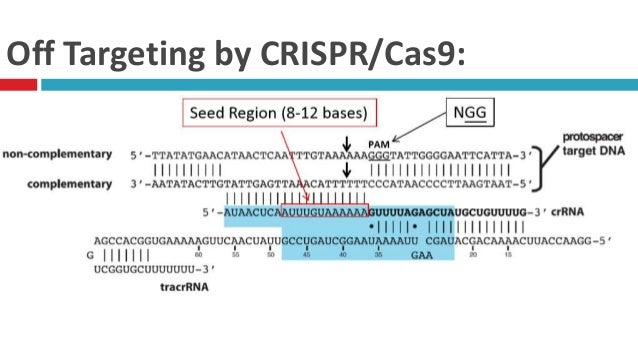


Crispr Cas9
The clustered regularly interspaced short palindromic repeat (CRISPR)associated enzyme Cas9 is an RNAguided nuclease that has been widely adapted for genome editing in eukaryotic cells However, the in vivo target specificity of Cas9 is poorly understood and most studies rely on in silico predictions to define the potential offtarget editing spectrumHowever, designing and maintaining a hybrid production line has always been complex and laborious Now, researchers in China have developed a new system combining CRISPRmediated genome editing with other approaches that could produce better seeds compared with conventional hybrid methods and shorten the production timeline by 5 to 10 yearsAsia Pacific is projected to witness the highest growth in the plant breeding and CRISPR plants market during the forecast period There has been an everincreasing demand for commercial seeds in the Asian market, in line with the growing economic growth conditions
· The CRISPR/Cas9 complex, a bacterial immune response system, has been widely adopted for RNAguided genome editing and transcription regulation in applications such as targeted genome modification · Researchers can use various techniques to insert CRISPR technology into plant cells a gene gun to shoot the DNA or RNA in on tiny gold pellets, for example, or Agrobacterium tumefaciens, a crown gall bacterium and plant pest that inserts its DNA into plant genomesA third approach is protoplast transformation, in which plant cells missing cell walls are transformed with CRISPRThe CRISPRCas system is widely found in bacterial and archaeal genomes as a defense mechanism against invading viruses and plasmids 1–6 The type II CRISPRCas system from Streptococcus pyogenes relies on only one protein, the nuclease Cas9, and two noncoding RNAs, crRNA and tracrRNA, to target DNA These two noncoding RNAs can further be fused into one
· This arrangement is perhaps more reminiscent of the extended seed regions observed for some Hfqbinding sRNAs (for review, see Ref ), rather than what is generally observed with argonaute or CRISPR–Cas systems Taken together, all the structural studies to date on Cas13 in complex with a crRNA suggest that the crRNAspacer may exist in multiple · CRISPRCas12a DNA cleavage patterns, as evaluated in a quantitative kinetics study, suggest that the less frequently used Cas12a enzyme07 · It is known that 5–10 base distances from the PAM within the protospacers are important for DNA target recognition as a seed region CRISPR–Cas12a is more sensitive to mismatches between the target DNA and the gRNA than CRISPR–Cas9;



Crispr Cas9 Abm Inc
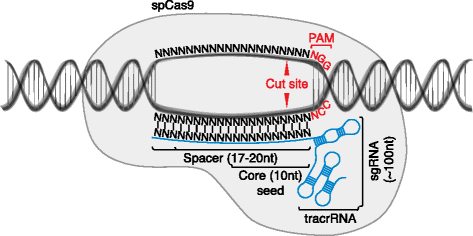


Resources For The Design Of Crispr Gene Editing Experiments Genome Biology Full Text
3010 · Inari is leveraging the geneediting technology CRISPR to build the world's first Seed Foundry™ to address the challenge of feeding the population as well as climate changeThe seed sequence or seed region is a conserved heptametrical sequence which is mostly situated at positions 27 from the miRNA 5´end Even though base pairing of miRNA and its target mRNA does not match perfect, the "seed sequence" has to be perfectly complementarySpacers/protospacers In a bacterial genome, CRISPR loci contain "spacers" (viral DNA inserted into a CRISPR locus) that in type II adaptive immune systems were created from invading viral or plasmid DNA (called "protospacers") Upon subsequent invasion, a CRISPRassociated nuclease such as Cas9 attaches to a tracrRNA–crRNA complex, which guides Cas9 to the invading
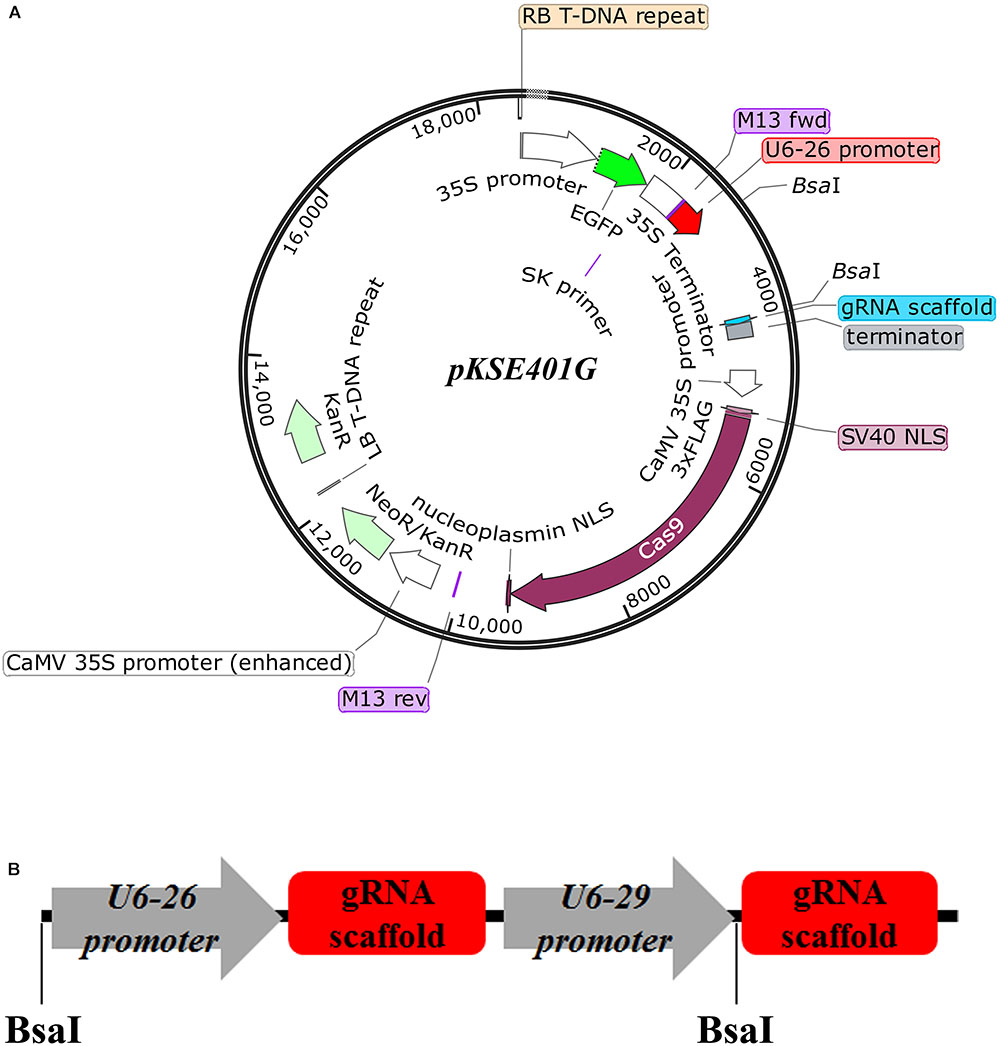


Frontiers Development And Validation Of An Effective Crispr Cas9 Vector For Efficiently Isolating Positive Transformants And Transgene Free Mutants In A Wide Range Of Plant Species Plant Science



Figure 1 From The Cpf1 Crispr Cas Protein Expands Genome Editing Tools Semantic Scholar
· Young scientists are pushing the boundaries of a new technology that is revolutionizing the field of genomics Josiah Zayner is taking science out of the lab and into the kitchen, allowing people to better explore a new genomics technology called CRISPR that is revolutionizing plant breeding and agriculture Zayner is a 35yearold former NASA biophysicistOr upload a DNA sequence file · An EarI site is located 4–9 nucleotides upstream of the AtRPL10 sgRNA PAM sequence (Figure 1B), the region in which CRISPR/Cas9‐mediated DSBs frequently occur (Jinek et al 12) We extracted genomic DNA from transgenic and non‐transformed Col‐0 plant leaf tissues and amplified the AtRPL10 target sequences using gene‐specific primers



Grna Validation For Wheat Genome Editing With The Crispr Cas9 System Bmc Biotechnology Full Text



Addgene Crispr Guide
Researchers know how to make precise genetic changes within the genomes of crops, but the transformed cells often refuse to grow into plants – one international team has devised a new solution The Dubcovsky lab at UC Davis in California has developed a new tool that helps ease this process by coaxing the transformed cells, · This RNA "seed region" is thus poised to initiate recognition of the DNA target sequence Science , this issue p Bacterial adaptive immunity uses CRISPR (clustered regularly interspaced short palindromic repeats)–associated (Cas) proteins together with CRISPR transcripts for foreign DNA degradation · Soybean seeds are an important source of vegetable proteins for both food and industry worldwide Conglycinins (7S) and glycinins (11S), which are two major families of storage proteins encoded by a small family of genes, account for about 70% of total soy seed protein Mutant alleles of these genes are often necessary in certain breeding programs, as the relative
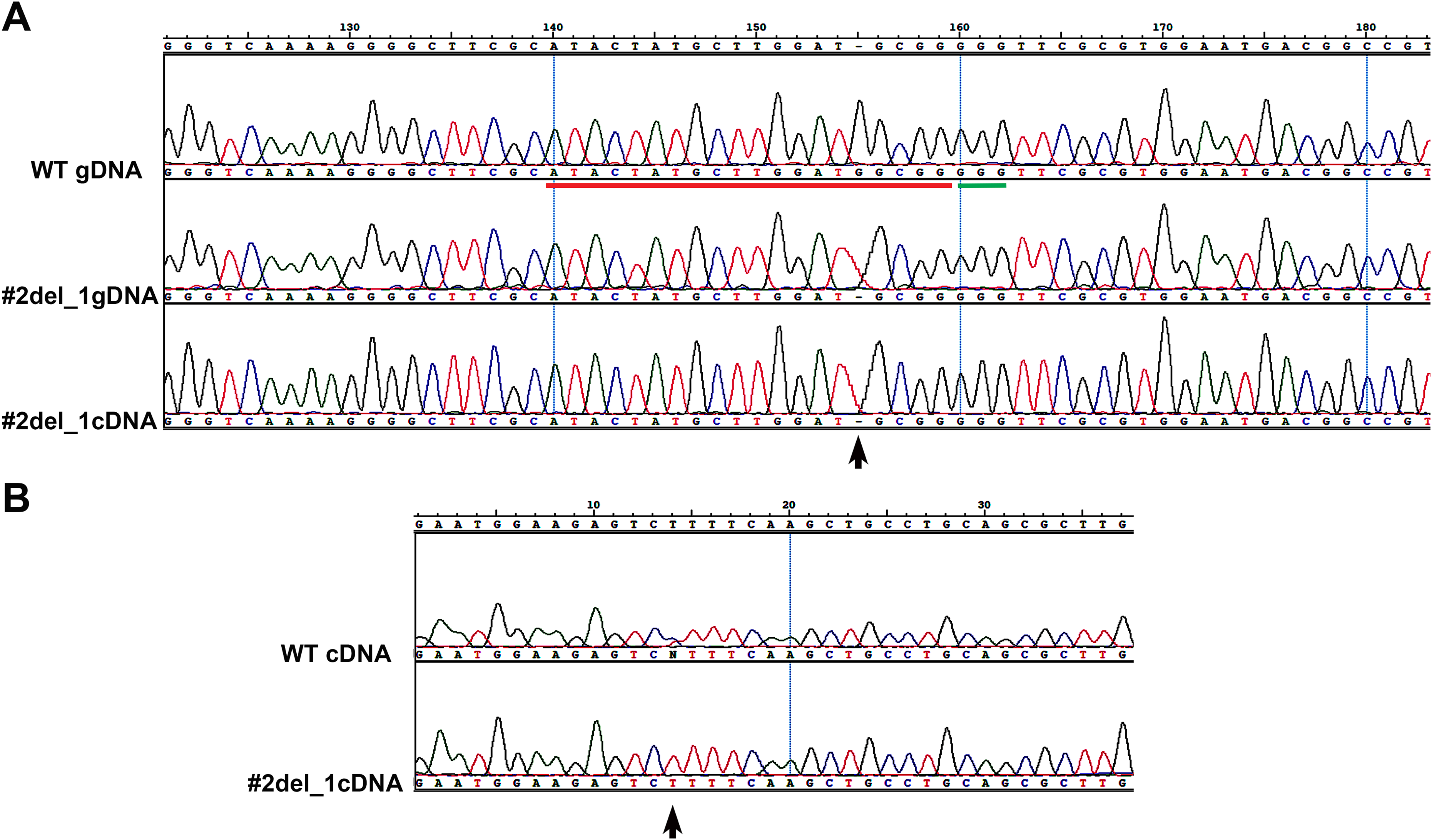


Assessment Of Genomic Changes In A Crispr Cas9 Phaeodactylum Tricornutum Mutant Through Whole Genome Resequencing Peerj
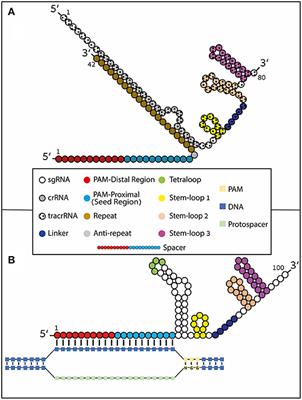


Frontiers Using Synthetically Engineered Guide Rnas To Enhance Crispr Genome Editing Systems In Mammalian Cells Genome Editing
Step 1 Provide a genomic region to search for candidate CRISPR targets Input a DNA sequence in FASTA format ? · The sequence of the seed region determines the frequency of a "seed NGG" in the genome, and controls the effective concentration of the Cas9sgRNA complex (Cas9 binding or sgRNA abundance and specificity) 21, 25 Meanwhile, Urich seeds are likely to result in decreased sgRNA abundance and increased specificity since multiple U's in the sequence can induceCRISPR is a remarkably flexible tool for genome manipulation, since Cas enzymes bind target DNA independently of their ability to cleave target DNA Specifically, both RuvC and HNH nuclease domains can be rendered inactive by point mutations (D10A and H840A in SpCas9), resulting in a nuclease dead Cas9 (dCas9) molecule that cannot cleave target DNA



Real Time Observation Of Target Search By The Crispr Surveillance Complex Cascade Sciencedirect
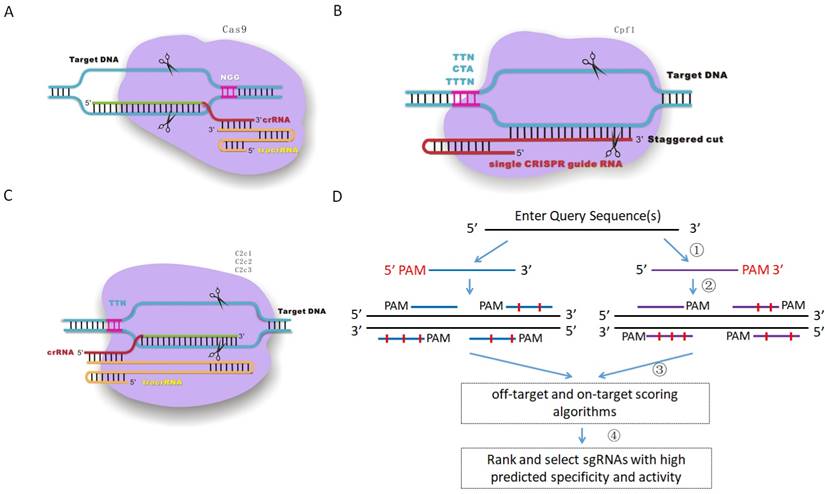


Crispr Offinder A Crispr Guide Rna Design And Off Target Searching Tool For User Defined Protospacer Adjacent Motif
CRISPRharboring organisms generate immunological memory of previous infections by capturing short segments of foreign DNA for integration into CRISPR loci as spacer sequences Central to this process are Cas1 and Cas2 – the only conserved proteins in all CRISPR systems · The DNA sequences of selected regions were obtained from the Ensembl database (GRCm38p3) and were subsequently used as inputs for the CRISPR design tool (http//crisprmitedu) Then, candidateCheck out our new CRISPR Library Designer (CLD) batch design of sgRNA libraries (only NGG PAM, only G as 5' base, offtarget tolerates many mismatches and ignores nonseed region, introns, purpose is knockout (only first 3 coding exons are allowed) and UTRs are excluded)



Frontiers Data Mining By Pluralistic Approach On Crispr Gene Editing In Plants Plant Science
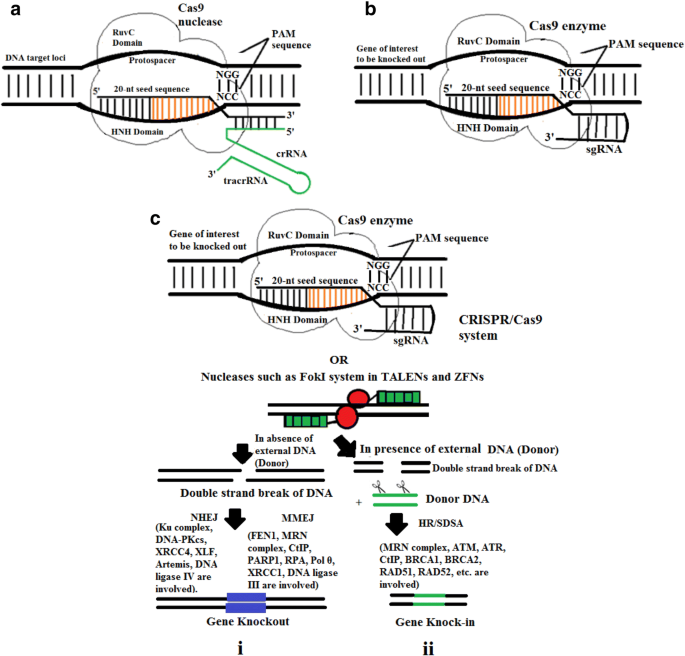


Genome Editing Of Potato Using Crispr Technologies Current Development And Future Prospective Springerlink
The range of permissibly effective lengths varies between 2228 nt Length of the seed region The seed region is located in the center of the crRNAtarget duplex, where is more sensitive to mismatches than the nonseed region Its length should not be greater than the length of the target complementarity region of crRNA · In less than three weeks, CRISPRcon Conversations on Science, Society & the Future of Gene Editing will host its first regional event to discuss societal considerations for the future of CRISPR and gene editing technologies across applications, disciplines, geographies, communities, and cultures CRISPRcon Midwest will present voices from the Midwest and beyond on October 8 · Using CRISPR to create different sets of mutations in a gene promoter called SICLV3 (and in several other promoters) enabled researchers to vary the number of floral organs and locules (gelatinous seed compartments) in tomato, over a wide range The effect is analogous to turning a dimmer switch to vary light levels over a continuous range
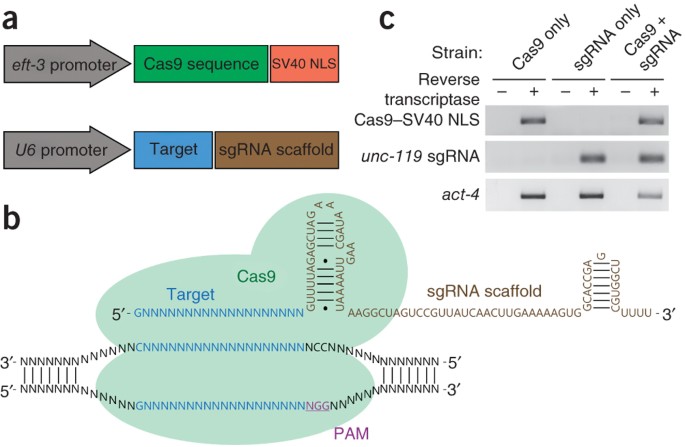


Heritable Genome Editing In C Elegans Via A Crispr Cas9 System Nature Methods
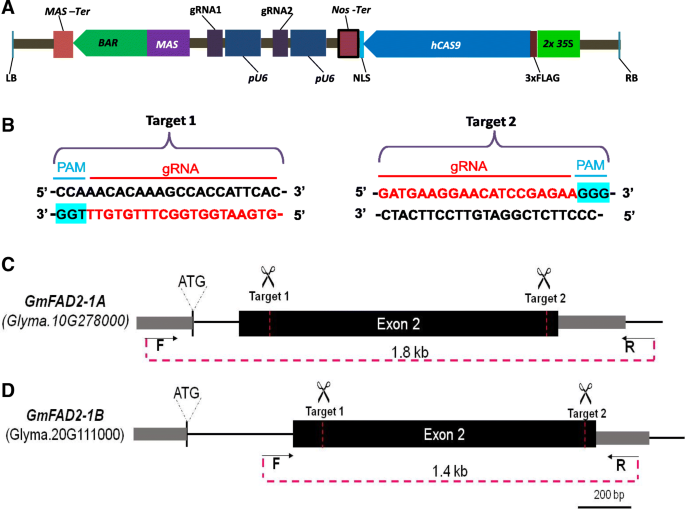


Demonstration Of Highly Efficient Dual Grna Crispr Cas9 Editing Of The Homeologous Gmfad2 1a And Gmfad2 1b Genes To Yield A High Oleic Low Linoleic And A Linolenic Acid Phenotype In Soybean Bmc Plant Biology
When a mismatch is introduced into the seed sequence in the protospacer, its cleavage activity is significantly inhibited (19, ) However, there is still a possibility of mismatch cleavage in regions other than the seed region · Mutations in the seed region abolish CRISPR/Cas mediated immunity by reducing the binding affinity of the crRNAguided Cascade complex to protospacer DNA We propose that the crRNA seed sequence plays a role in the initial scanning of invader DNA for a match, before base pairing of the fulllength spacer occurs, which may enhance the protospacer locating efficiencyThe package includes functions to find potential guide RNAs for the CRISPR editing system including Base Editors and the Prime Editor for input target sequences, optionally filter guide RNAs without restriction enzyme cut site, or without paired guide RNAs, genomewide search for offtargets, score, rank, fetch flank sequence and indicate whether the target and offtargets are



Expanding The Crispr Cas9 Toolbox For Gene Engineering In S Cerevisiae Springerlink



Crispr Cas Systems In Genome Editing Methodologies And Tools For Sgrna Design Off Target Evaluation And Strategies To Mitigate Off Target Effects Manghwar Advanced Science Wiley Online Library
CRISPR (angClustered Regularly Interspaced Short Palindromic Repeats) – system obrony organizmów prokariotycznych (bakterii i archeonów) przed egzogennymi elementami genetycznymi (np bakteriofagami czy plazmidami)System ten opiera się na przechowywaniu w genomie fragmentów "obcego" (egzogennego) DNA, pozyskiwanego np w trakcie infekcji wirusowej, abyIn type II CRISPR systems, the seed region has been defined as the PAMproximal 10–12 nucleotides located in the 3′ end of the nt spacer sequence (15, 47, 48, 94) Mismatches in this seed region severely impair or completely abrogate target DNA binding and cleavage, whereas close homology in the seed region often leads to offtarget binding events even with many · The 3′ end of the guide sequence, also known as the "seed region", plays a critical role in recognition of target sequence Thus, based on structural analysis, accessibility of the last three bases in the seed region was a prominent feature to differentiate functional sgRNAs from nonfunctional ones (Fig 1b) In addition, base accessibility in positions 51–53 was also significantly
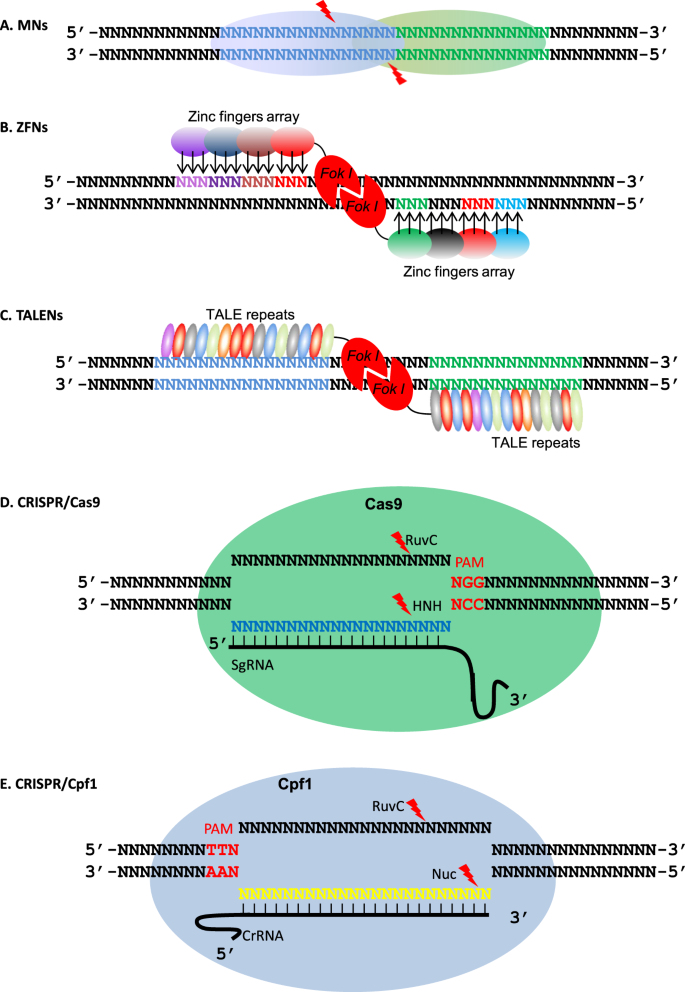


Genome Editing For Horticultural Crop Improvement Horticulture Research
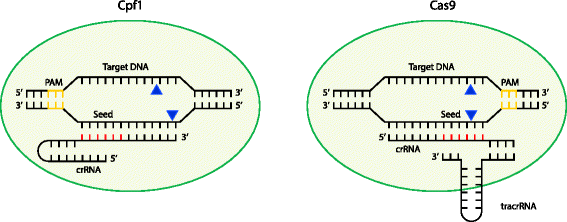


The Cpf1 Crispr Cas Protein Expands Genome Editing Tools Genome Biology Full Text
1217 · In the argument to claim the rights to patent CRISPR, the Broad Institute and the University of California can only concede that one of them should receive the intellectual property rights Two parties have been battling for the rights to claim the patent for CRISPR, a genome editing system that will benefit the seed industry2811 · 7 Box AM, McGuffie MJ, O'Hara BJ and Seed KD 16 Functional analysis of bacteriophage immunity through a type IE CRISPRCas system in Vibrio cholerae and its application in bacteriophage genome engineering Journal of Bacteriology –590 6 Dalia AB, Seed KD, Calderwood SB and Camilli A 15CRISPR (/ ˈ k r ɪ s p ər /) (which is an acronym for clustered regularly interspaced short palindromic repeats) is a family of DNA sequences found in the genomes of prokaryotic organisms such as bacteria and archaea These sequences are derived from DNA fragments of bacteriophages that had previously infected the prokaryote They are used to detect and destroy DNA from similar


Crispr Rt



Target Site Design And Crispr Cas9 Vector Construction A Schematic Download Scientific Diagram
The popularity of CRISPR is largely due to its simplicity As shown in Figure 1, the CRISPRCas system relies on two main components a guide RNA (gRNA) and CRISPRassociated (Cas) nuclease The guide RNA is a specific RNA sequence that recognizes the target DNA region of interest and directs the Cas nuclease there for editing0807 · CRISPR enables onestep hybrid seed production in crops Your friend's email Your email I would like to subscribe to Science X Newsletter Learn more Your name NoteLearn more about the need for CRISPRCas in agriculture and how it works to develop healthy seeds for improved characteristics like drought tolerance and lon
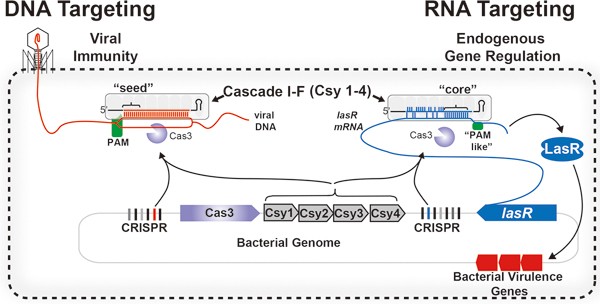


Crispr Control Of Virulence In Pseudomonas Aeruginosa Cell Research
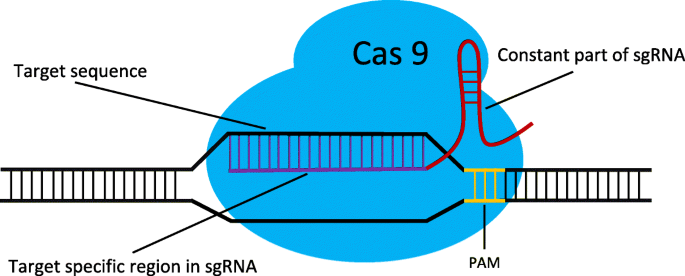


Offscan A Universal And Fast Crispr Off Target Sites Detection Tool Bmc Genomics Full Text
North America is estimated to dominate the plant breeding and CRISPR plants market in 18 According to ISF, in 16, North America, especially the US, led the commercial seeds marketAlso, the US was the second major exporter of commercial seeds across the globe, according to ISF statistics in 16CRISPR Seed Resurrection is a project that uses the evolved nature of seeds, as a structural guide to creating new seed containers to help seeds survive longer, so they may bloom in the distant future It also uses our newfound understanding of the means by which, bacteria have taught us lessons on how to edit the DNA of viruses, and then apply this knowledge, to editing the DNA of seedsCRISPR genome editing technology and its classification as a molecular breeding tool, has the potential to significantly speed the development and commercialization of new traits to commercial row crops and specialty crops alike Yield10 is leveraging CRISPR genome editing technology to produce better seed, biomass and oil yield



Off Target Effects In Crispr Cas9 Mediated Genome Engineering Sciencedirect



Rna Guided Genome Editing In Plants Using A Crispr Cas System Molecular Plant


Crispr Cas9 Targeted Mutagenesis Leads To Simultaneous Modification Of Different Homoeologous Gene Copies In Polyploid Oilseed Rape Brassica Napus Plant Physiology



Crispr Cas9



Off Target Genome Editing Wikipedia



The Magic Cut On Target Dna By Crispr Cas9 Bioscope



Addgene Crispr Guide



Cas9 Mechanism Crispr Cas9



One Or Two Mismatches In The Seed Can Be Tolerated For Crispr Activity Download Scientific Diagram



Crispr Cas9 System A Bacterial Tailor For Genomic Engineering



Off Target Effects In Crispr Cas9 Mediated Genome Engineering Sciencedirect



Frontiers The Rise Of The Crispr Cpf1 System For Efficient Genome Editing In Plants Plant Science
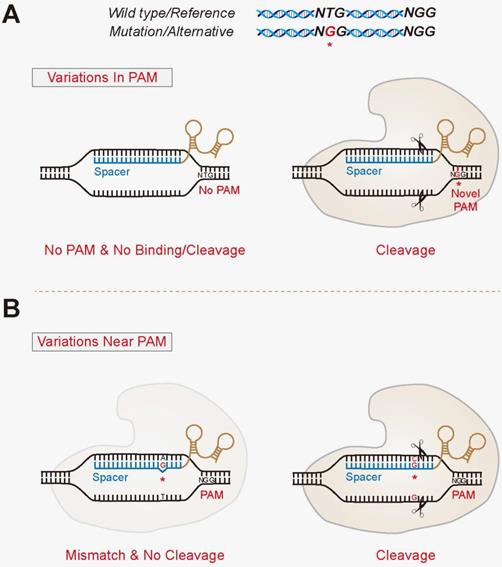


Allele Specific Genome Targeting In The Development Of Precision Medicine



Schematic Illustration Of The Crispr Cas9 System Structure And The Download Scientific Diagram



Crispr Cas12a More Precise Than Crispr Cas9



Crispr Plant



Repurposing Crispr As An Rna Guided Platform For Sequence Specific Control Of Gene Expression Cell
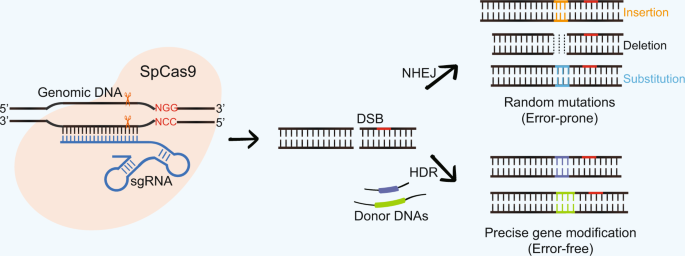


Crispr Technology Is Revolutionizing The Improvement Of Tomato And Other Fruit Crops Horticulture Research


Full Article Defining The Seed Sequence Of The Cas12b Crispr Cas Effector Complex


Crispr Rt



Efficient Multiplex Biallelic Zebrafish Genome Editing Using A Crispr Nuclease System Pnas



Crispr Guard Protects Off Target Sites From Cas9 Nuclease Activity Using Short Guide Rnas Nature Communications
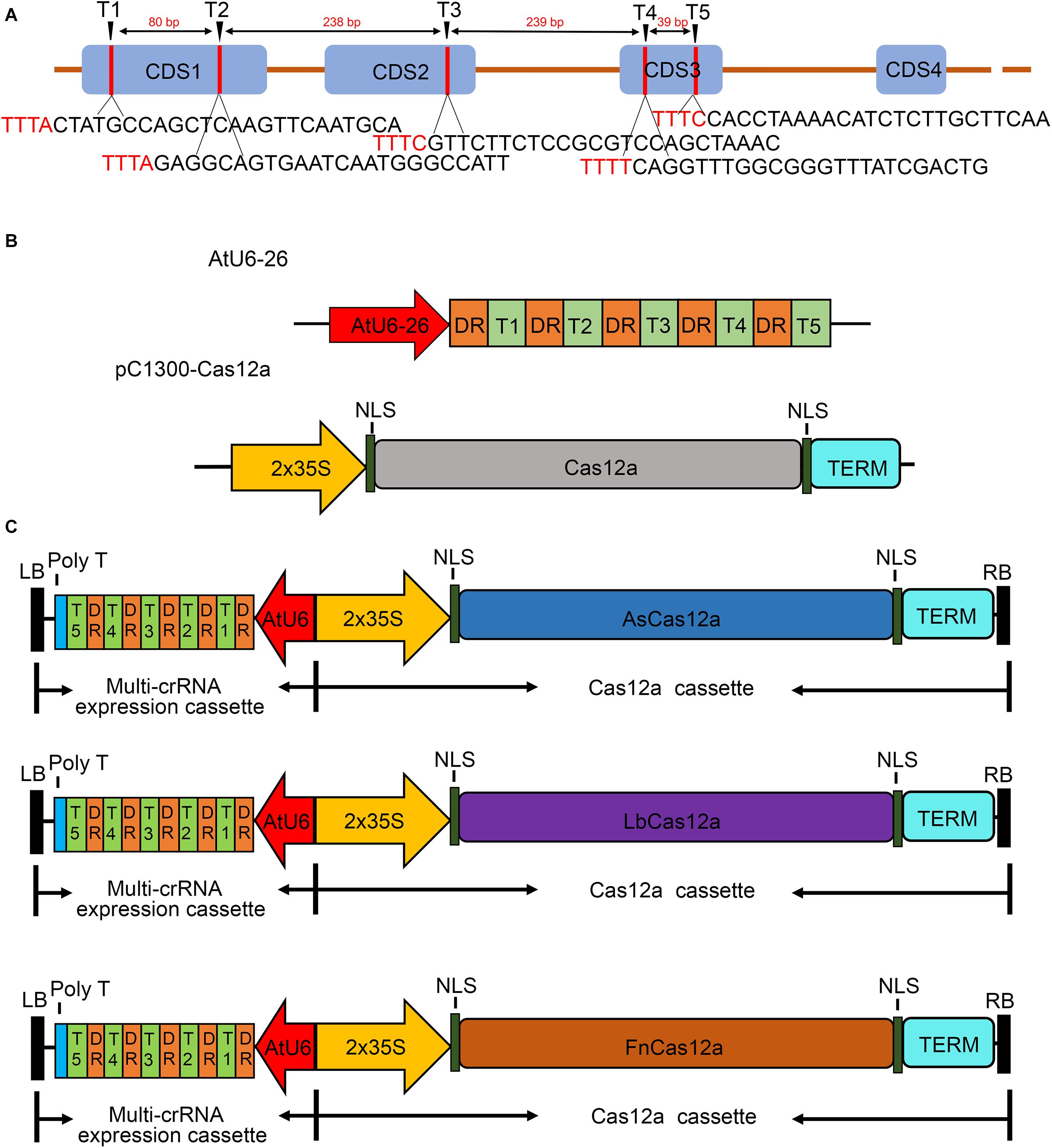


Frontiers Efficient Genome Editing In Populus Using Crispr Cas12a Plant Science



Single Base Resolution Increasing The Specificity Of The Crispr Cas System In Gene Editing Molecular Therapy



Synthetic Crispr Rna Cas9 Guided Genome Editing In Human Cells Pnas



Addgene Crispr Guide
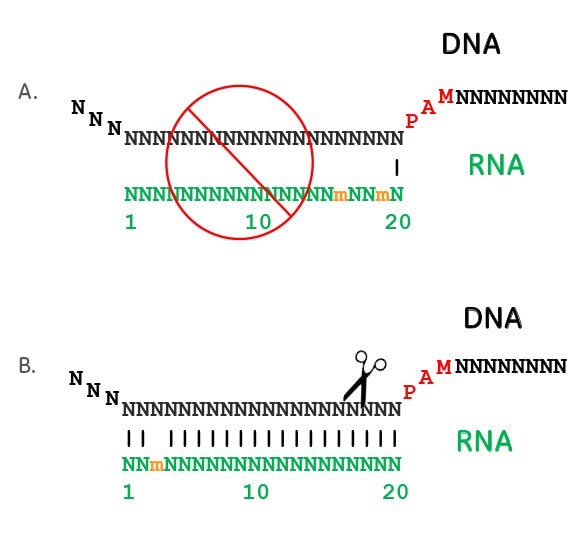


Crispr Cas9 Guide Rna Specificity
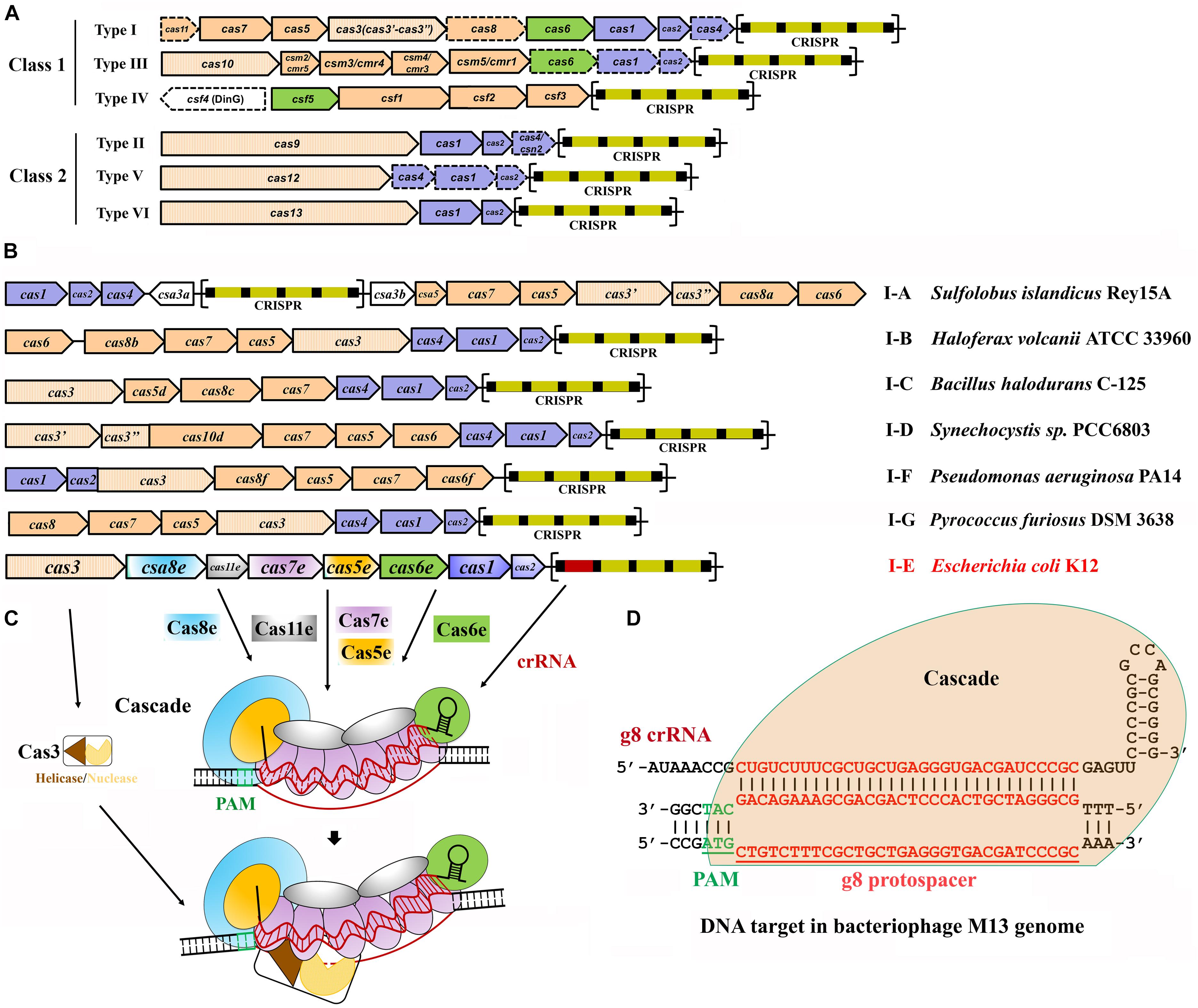


Frontiers Endogenous Type I Crispr Cas From Foreign Dna Defense To Prokaryotic Engineering Bioengineering And Biotechnology



Crispr Cas System Recent Advances And Future Prospects For Genome Editing Trends In Plant Science



Sgrna Sequence Motifs Blocking Efficient Crispr Cas9 Mediated Gene Editing Sciencedirect
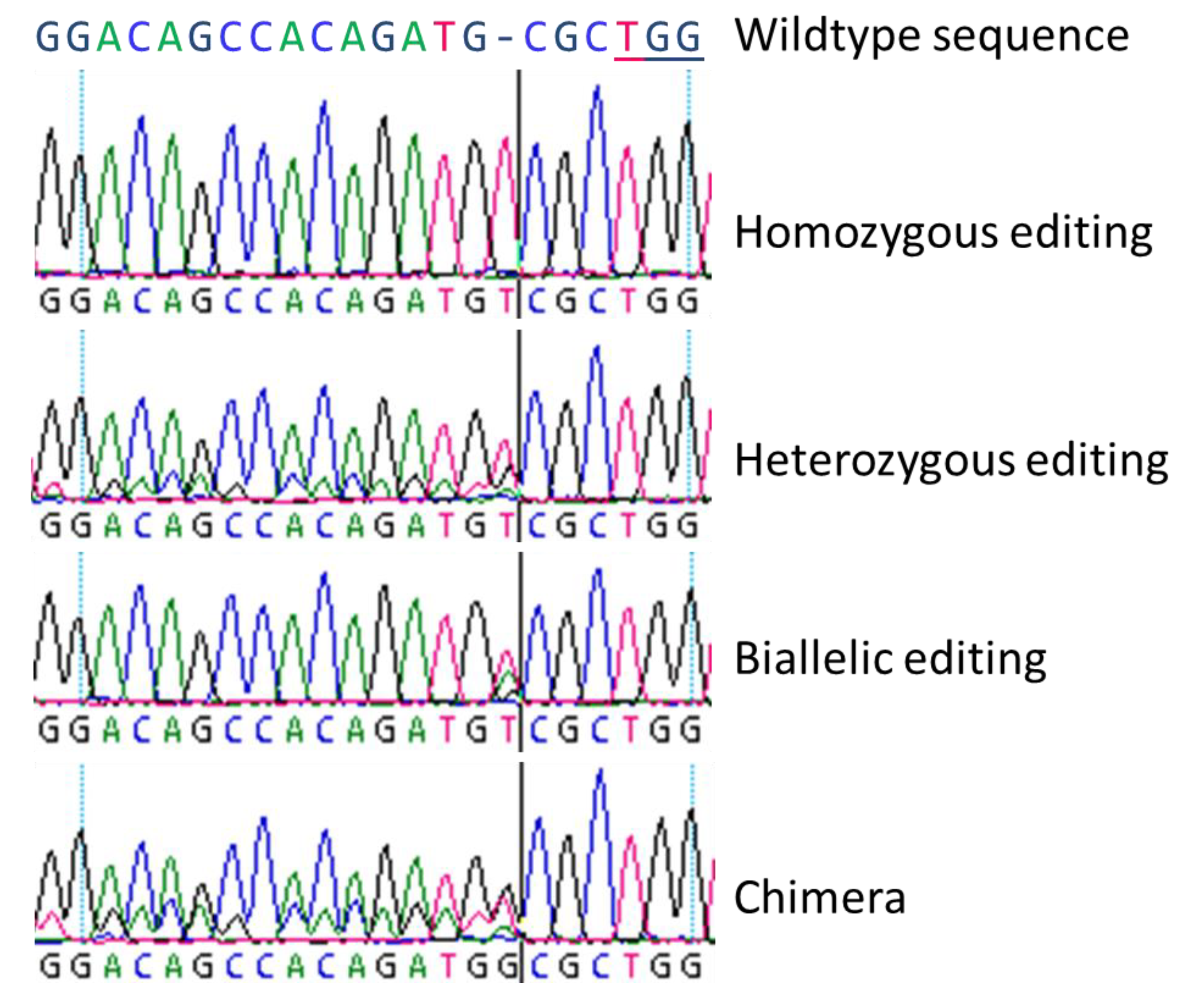


Ijms Free Full Text Evaluating The Efficiency Of Grnas In Crispr Cas9 Mediated Genome Editing In Poplars Html
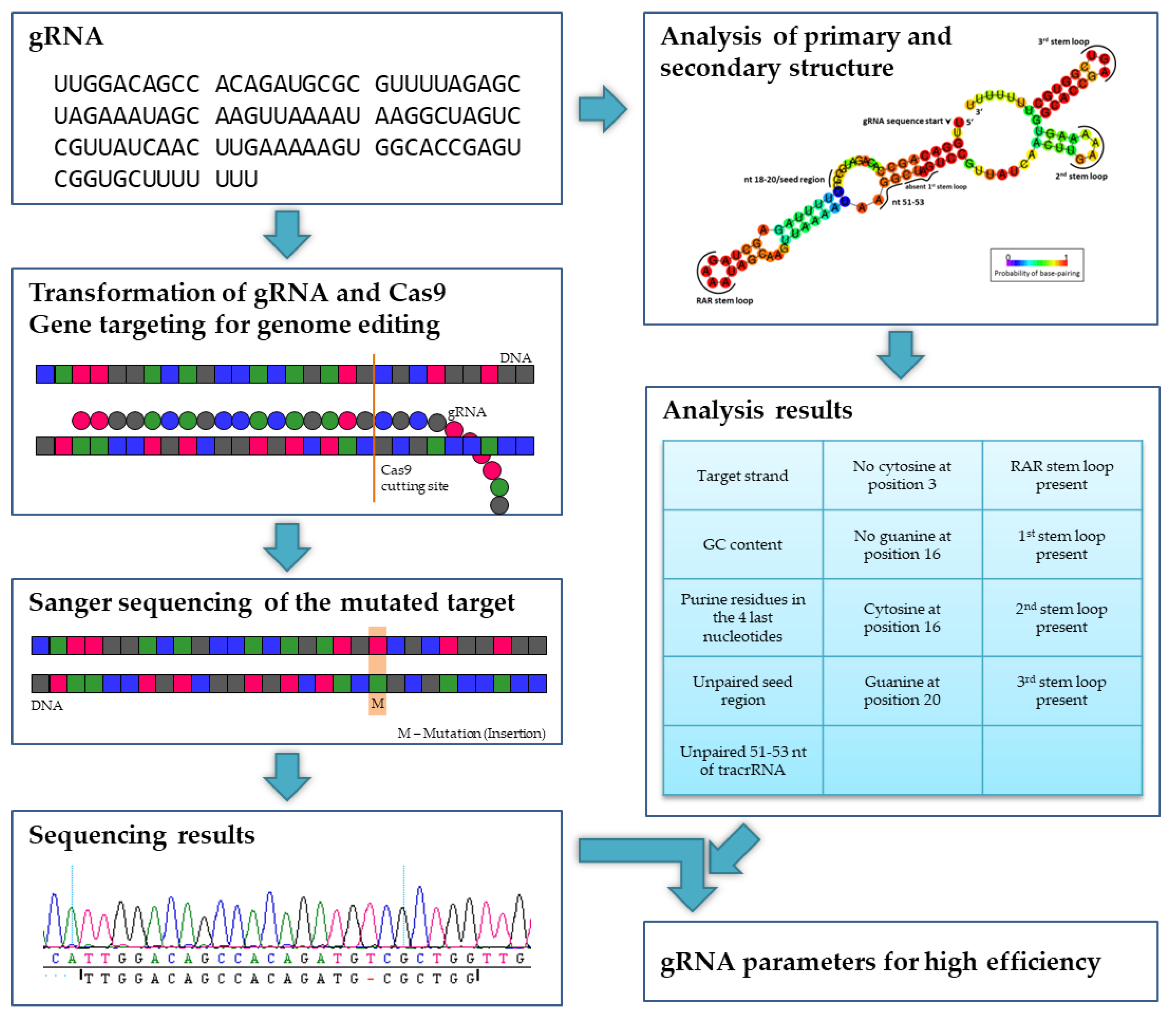


Ijms Free Full Text Evaluating The Efficiency Of Grnas In Crispr Cas9 Mediated Genome Editing In Poplars Html



Crispr Cas9 Abm Inc



Design Principle Of A Crispr Cas9 Expression Vector For Construction Download Scientific Diagram
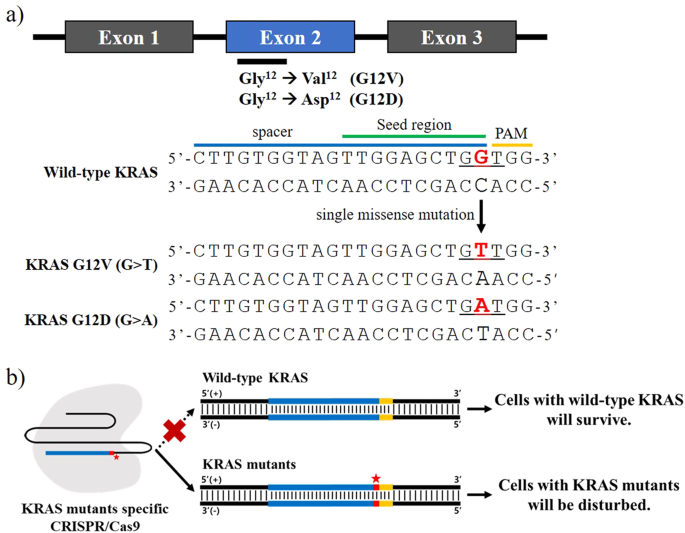


Selective Targeting Of Kras Oncogenic Alleles By Crispr Cas9 Inhibits Proliferation Of Cancer Cells Scientific Reports



High Throughput Assay For Nicking And Cleavage By Crispr Cas Download Scientific Diagram



Computational Approaches For Effective Crispr Guide Rna Design And Evaluation Sciencedirect



Patterns Of Crispr Cas9 Activity In Plants Animals And Microbes Bortesi 16 Plant Biotechnology Journal Wiley Online Library



Crispr Cas9 Abm Inc


An Effective Strategy For Reliably Isolating Heritable And Cas9 Free Arabidopsis Mutants Generated By Crispr Cas9 Mediated Genome Editing Plant Physiology



Progress And Challenges Development And Implementation Of Crispr Cas9 Technology In Filamentous Fungi Sciencedirect



The Crispr Cas Revolution Reaches The Rna World Cas13 A New Swiss Army Knife For Plant Biologists Wolter 18 The Plant Journal Wiley Online Library



Crispr Cas9 Methodology For The Generation Of Knockout Deletions In Caenorhabditis Elegans G3 Genes Genomes Genetics
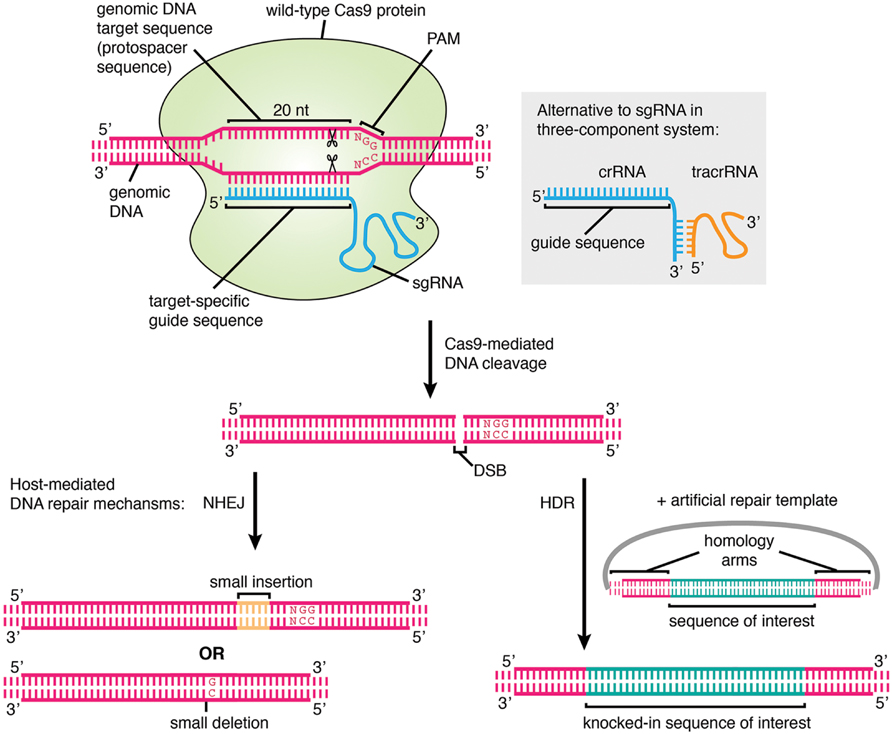


Frontiers A New Age In Functional Genomics Using Crispr Cas9 In Arrayed Library Screening Genetics



Addgene Crispr Guide


Sgrnacas9 A Software Package For Designing Crispr Sgrna And Evaluating Potential Off Target Cleavage Sites



Crispr Diagnosis And Therapeutics With Single Base Pair Precision Trends In Molecular Medicine



Off Target Genome Editing Wikipedia



Photocontrol Of Crispr Cas9 Function By Site Specific Chemical Modification Of Guide Rna Chemical Science Rsc Publishing



Genome Modification By Crispr Cas9 Ma 14 The Febs Journal Wiley Online Library
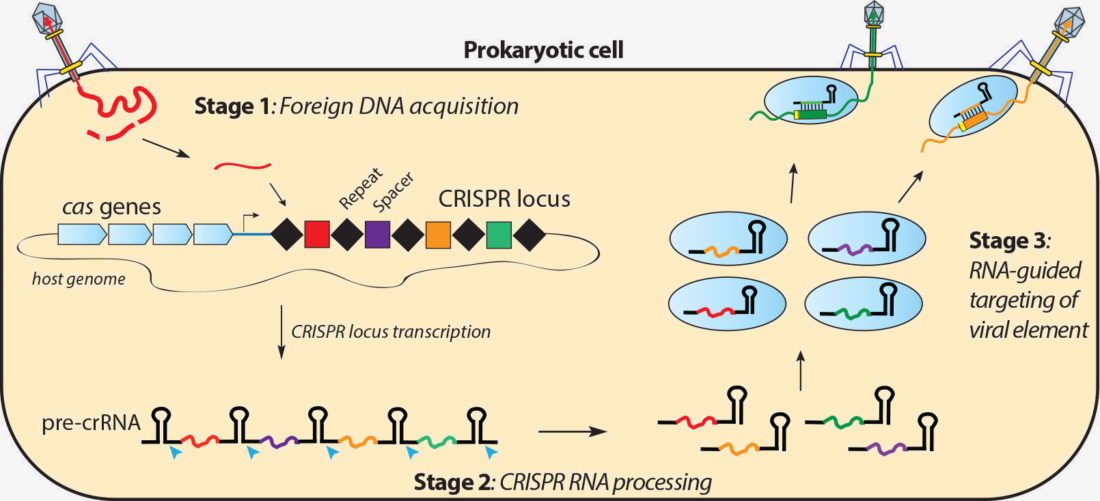


Crispr Systems Doudna Lab



Figure 3 From Crispr Interference Crispri For Sequence Specific Control Of Gene Expression Semantic Scholar
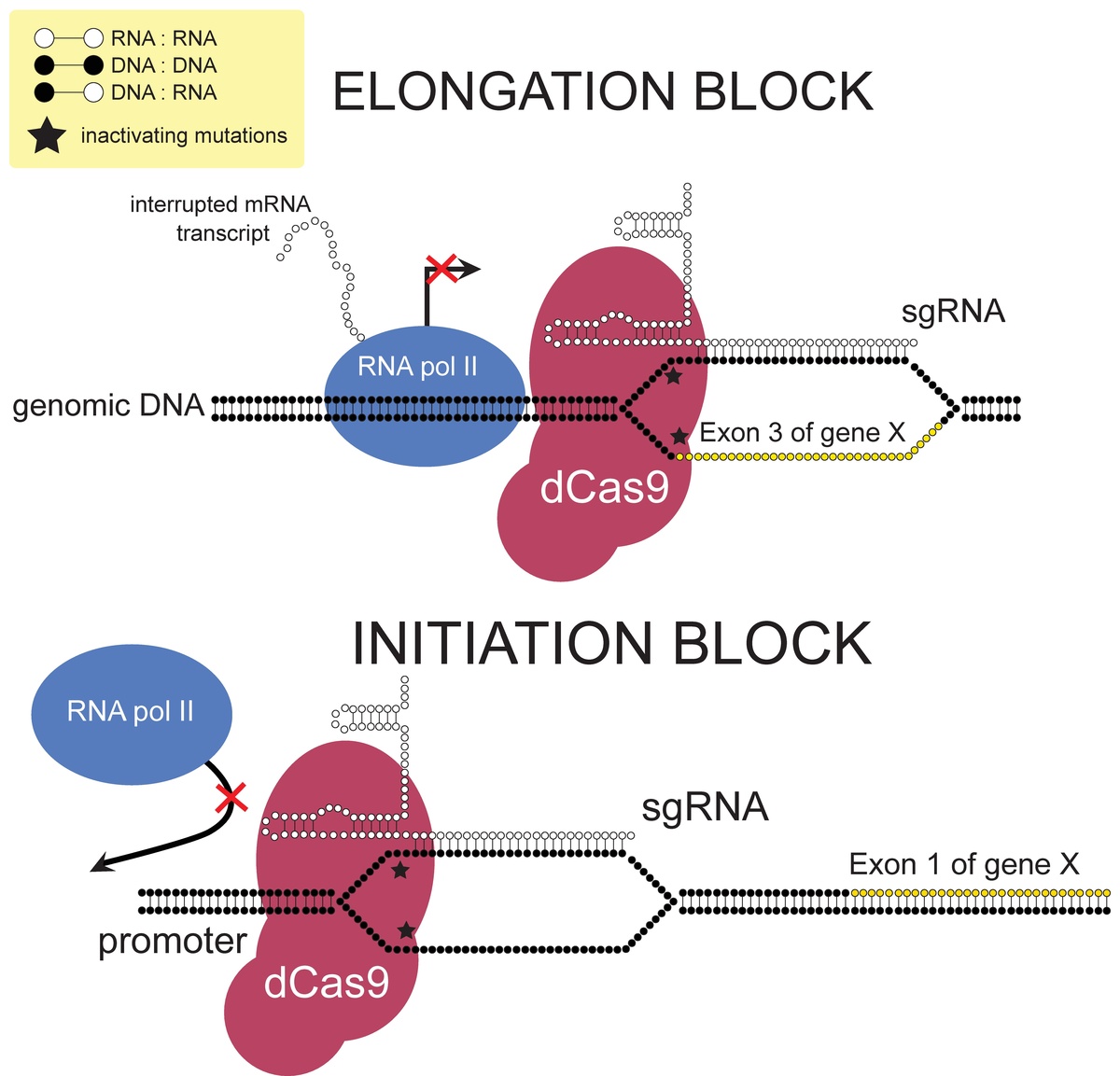


Crispr Interference Wikipedia
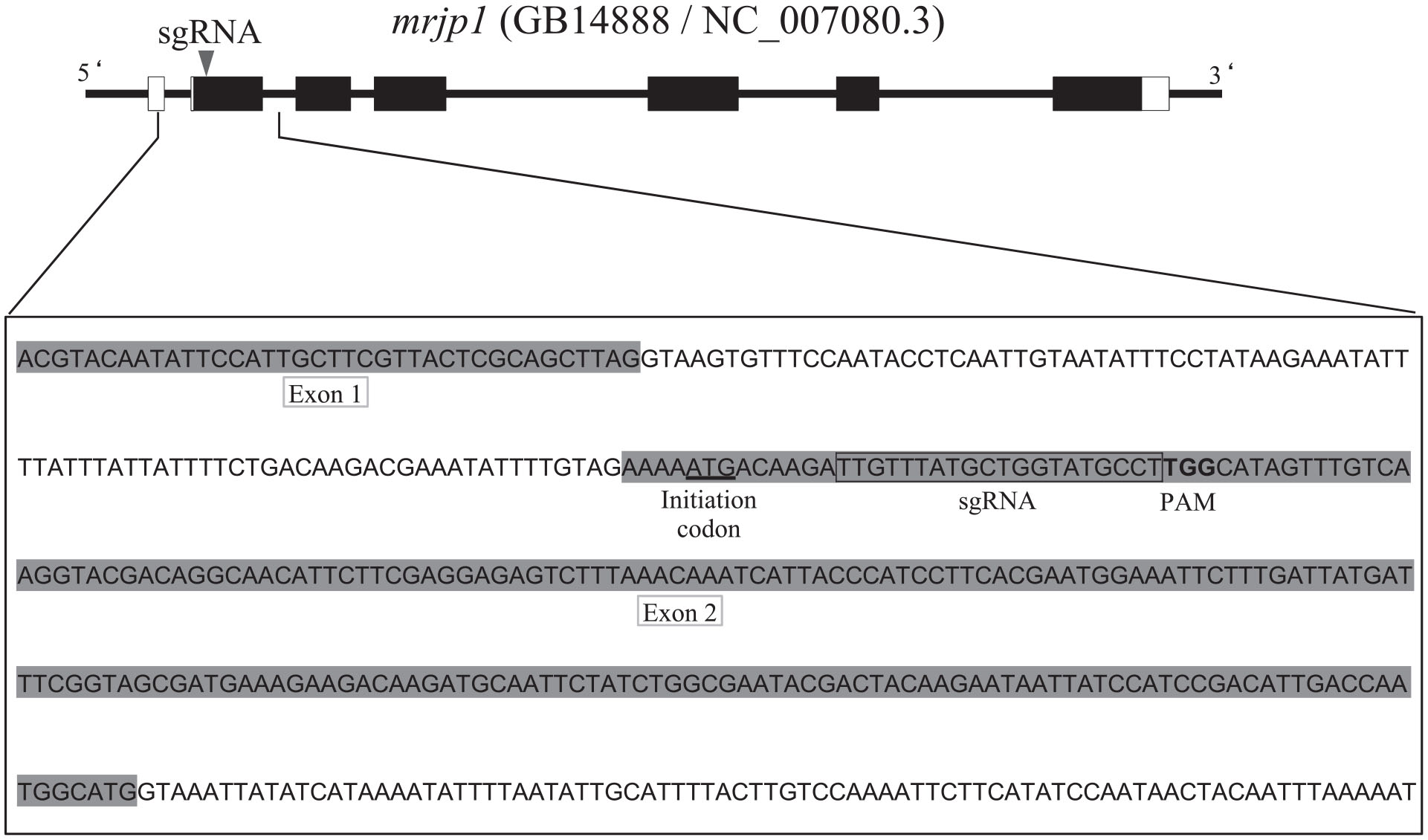


Production Of Knockout Mutants By Crispr Cas9 In The European Honeybee Apis Mellifera L
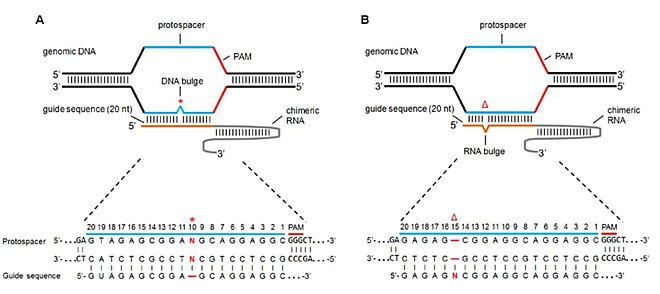


Off Target Genome Editing Wikipedia


Team Cu Boulder Project Modeling 14 Igem Org
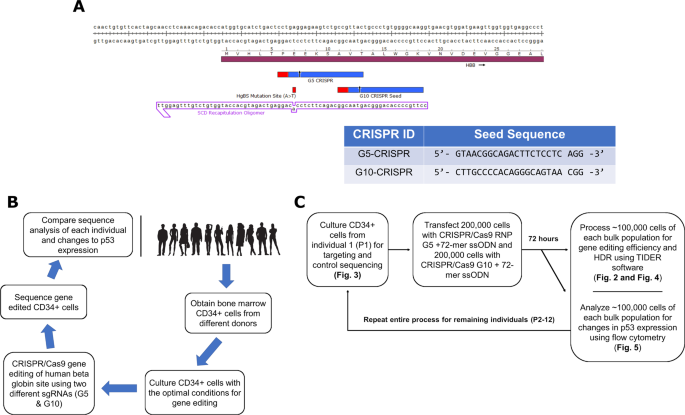


Precise And Error Prone Crispr Directed Gene Editing Activity In Human Cd34 Cells Varies Widely Among Patient Samples Gene Therapy
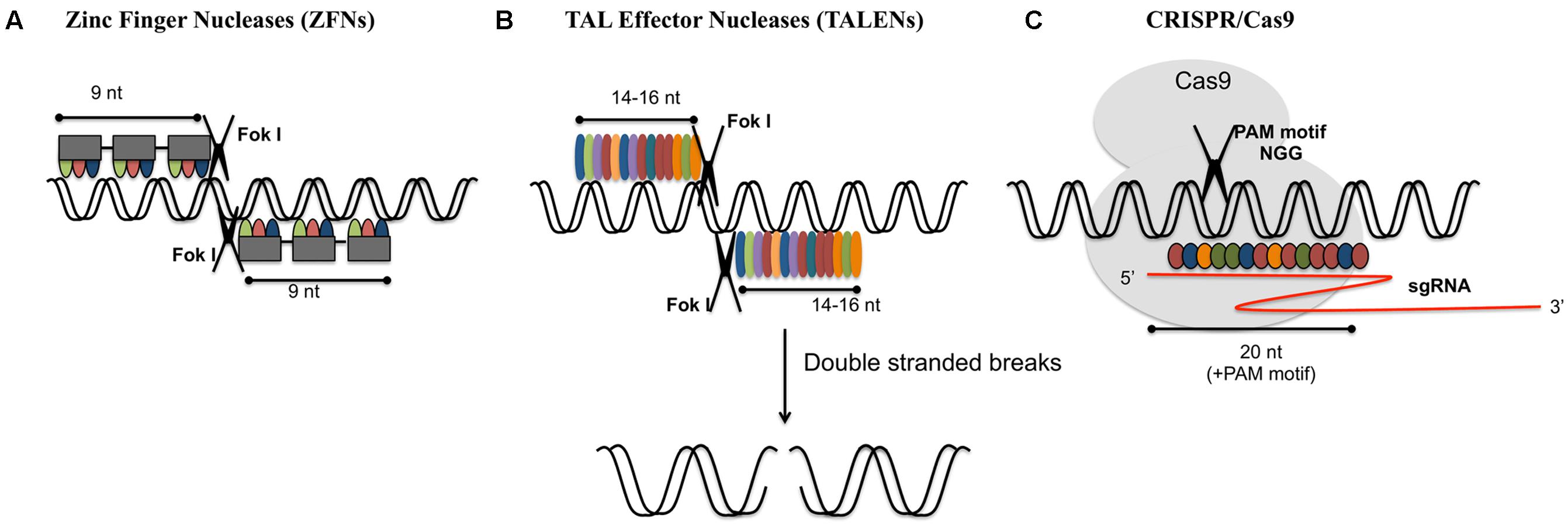


Frontiers Gene Editing And Crop Improvement Using Crispr Cas9 System Plant Science
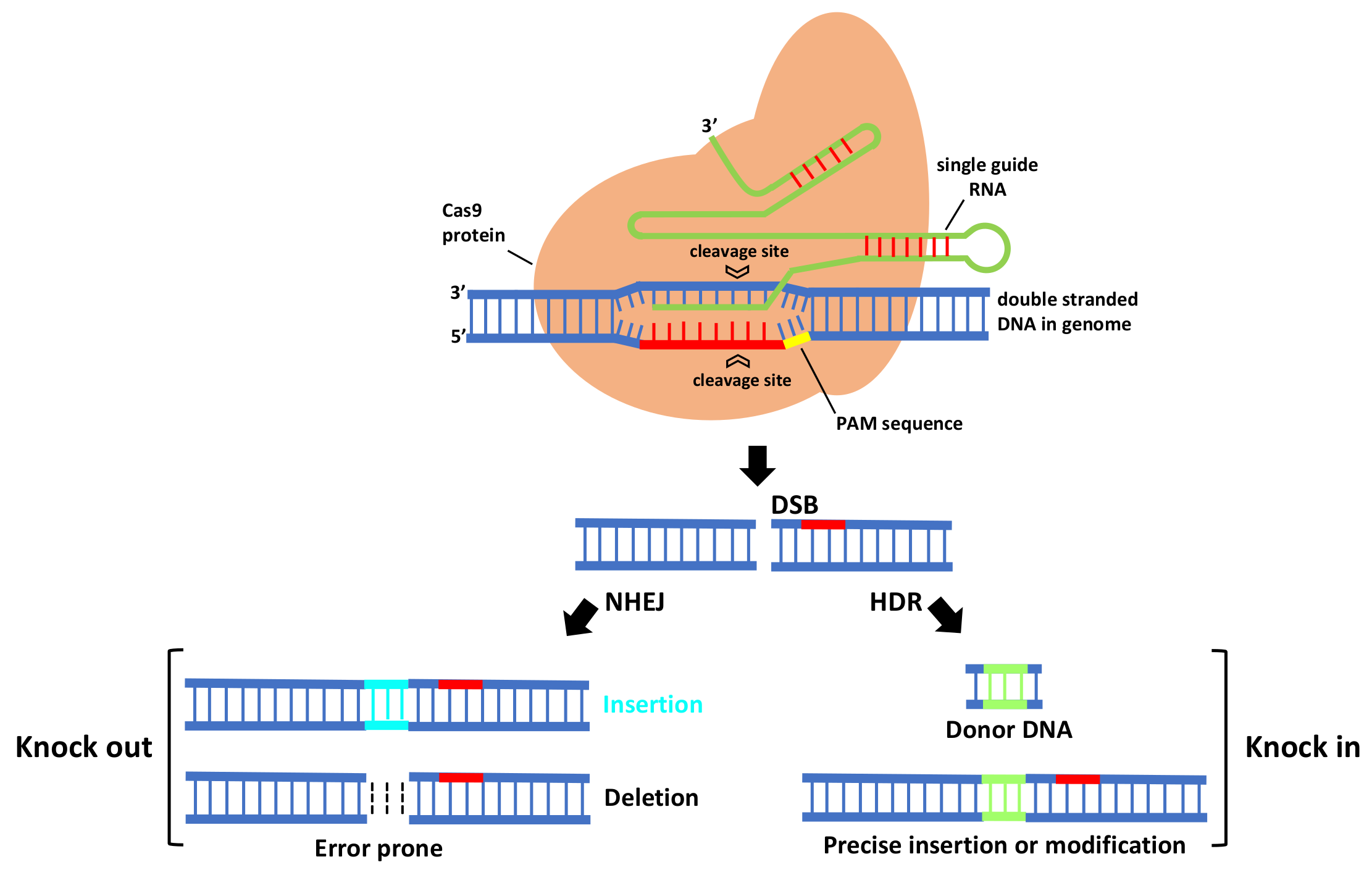


Viruses Free Full Text Plant Viruses From Targets To Tools For Crispr Html


Overview Of Crispr Cas9 Systems Duke Viral Vector Core



High Frequency Off Target Mutagenesis Induced By Crispr Cas9 In Arabidopsis And Its Prevention By Improving Specificity Of The Tools Biorxiv



Synthetic Crispr Rna Cas9 Guided Genome Editing In Human Cells Pnas



The Revolution Continues Newly Discovered Systems Expand The Crispr Cas Toolkit Abstract Europe Pmc
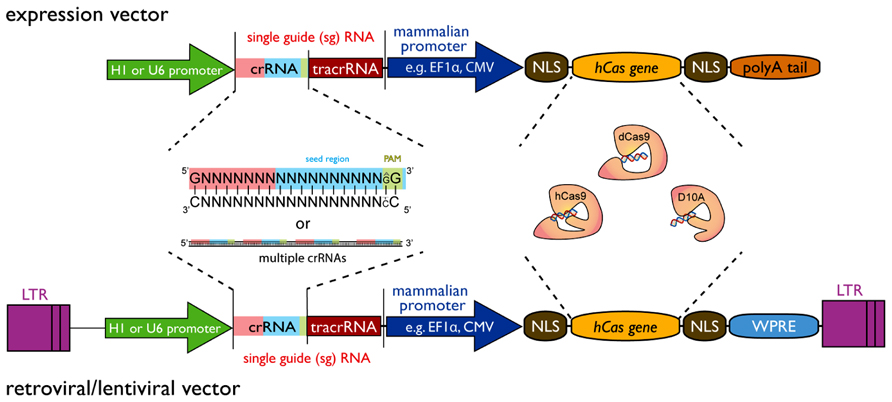


Frontiers A Crispr Case For High Throughput Silencing Genetics



Overview Of The Crispr Cas9 Mechanism Of Action A Crispr Cas Download Scientific Diagram



Interference By Clustered Regularly Interspaced Short Palindromic Repeat Crispr Rna Is Governed By A Seed Sequence Pnas



The Crispr Cas9 System For Plant Genome Editing And Beyond Sciencedirect



Enhancement Of Target Specificity Of Crispr Cas12a By Using A Chimeric Dna Rna Guide Biorxiv



Crispr Cas9 Cas12a Biotechnology And Application In Bacteria Sciencedirect



Addgene Crispr Guide
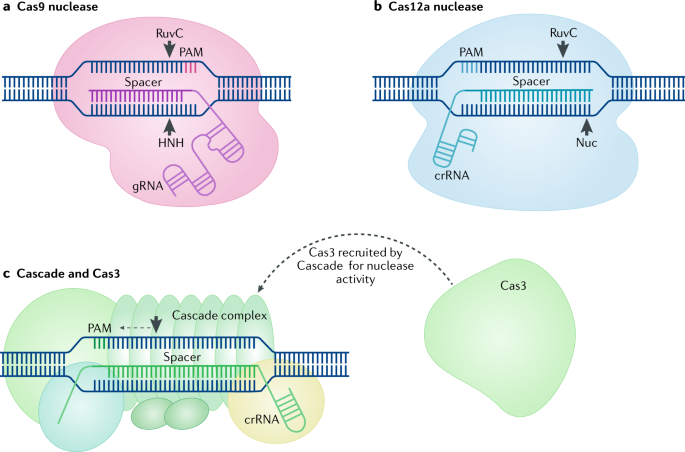


The Next Generation Of Crispr Cas Technologies And Applications Nature Reviews Molecular Cell Biology



Using Crispr For Allergy And Asthma Sean N Parker Center For Allergy Asthma Research Stanford Medicine
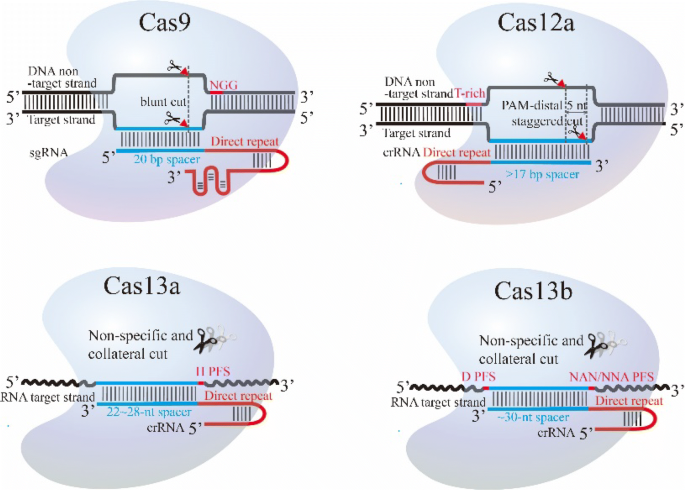


Class 2 Crispr Cas An Expanding Biotechnology Toolbox For And Beyond Genome Editing Cell Bioscience Full Text



0 件のコメント:
コメントを投稿